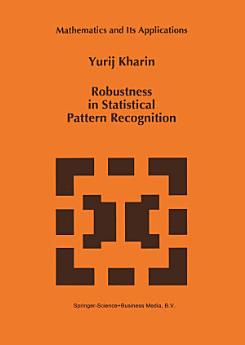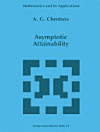Robustness in Statistical Pattern Recognition
Y. Kharin
2013年3月 · Mathematics and Its Applications 第 380 冊 · Springer Science & Business Media
電子書
302
頁數
report評分和評論未經驗證 瞭解詳情
關於這本電子書
This book is concerned with important problems of robust (stable) statistical pat tern recognition when hypothetical model assumptions about experimental data are violated (disturbed). Pattern recognition theory is the field of applied mathematics in which prin ciples and methods are constructed for classification and identification of objects, phenomena, processes, situations, and signals, i. e. , of objects that can be specified by a finite set of features, or properties characterizing the objects (Mathematical Encyclopedia (1984)). Two stages in development of the mathematical theory of pattern recognition may be observed. At the first stage, until the middle of the 1970s, pattern recogni tion theory was replenished mainly from adjacent mathematical disciplines: mathe matical statistics, functional analysis, discrete mathematics, and information theory. This development stage is characterized by successful solution of pattern recognition problems of different physical nature, but of the simplest form in the sense of used mathematical models. One of the main approaches to solve pattern recognition problems is the statisti cal approach, which uses stochastic models of feature variables. Under the statistical approach, the first stage of pattern recognition theory development is characterized by the assumption that the probability data model is known exactly or it is esti mated from a representative sample of large size with negligible estimation errors (Das Gupta, 1973, 1977), (Rey, 1978), (Vasiljev, 1983)).
為這本電子書評分
請分享你的寶貴意見。
閱讀資訊
智能手機和平板電腦
手提電腦和電腦
你可以使用電腦的網絡瀏覽器聆聽在 Google Play 上購買的有聲書。
電子書閱讀器及其他裝置
如要在 Kobo 等電子墨水裝置上閱覽書籍,你需要下載檔案並傳輸到你的裝置。請按照說明中心的詳細指示,將檔案傳輸到支援的電子書閱讀器。







